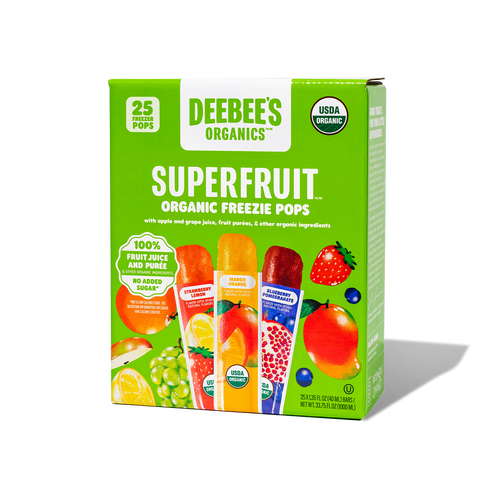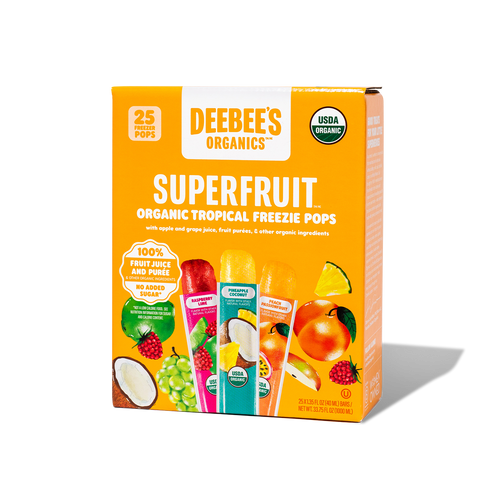Looking to start growing your own flowers but have no idea where to start?
We’ve got you covered! In this final installment of our three-part Garden of Gratitude series, learn about the easiest blooms to grow, the difference between annuals and perennials, and explore our beginner-friendly tips to nurture flowers like a pro.
How Gardening Fosters Gratitude
Did you know that gardening helps enhance the gratitude we feel for the land we live on? That’s right—gardening does even more than produce beautiful blooms and harvests for us to enjoy. Spending time tending to nature and growing plants also deepens our connection with the Earth, and teaches us how to be grateful.
Don’t forget to catch up on our favorite benefits of gardening here before getting outside to start planting! (Looking to grow indoors this year, and focus on veggies instead of flowers? Read part two of our gardening series here!)
Understanding the Difference Between Annual and Perennial Plants
Flowers are some of the most exciting and easiest ways to start gardening at home. Before starting to grow, it’s important to know if you want to seed perennial plants, annual plants, or a combination of the two. So what’s the difference?
Flowers and plants that are annual will only flower once —that is, until the cold season begins. Annuals contain some of the most lush blooms around, and grow much quicker than perennials do. Annuals also bloom for a longer period of time than perennials! Annual plants are a great choice to make when you’re looking to experiment with different flowers and colors in your garden without committing to them for years to come. If you’re also looking to quickly fill empty space fast all summer long, annuals are the way to go! Though annual plants usually have cheaper price tags at your local garden center or seed store, keep in mind that they will need to be replanted (from seed to bloom) every year.
On the other hand, perennials are usually more expensive to purchase (but are worth the investment) because they do not need to be replanted every year. If you plant them just once, perennial flowers will bloom for several years to come, depending on the plant and the care it is given! This is because they are cold-hardy, and can live through the winter like a tree. Perennials also require less water than annuals do, and are a great choice for your garden if you’re looking for a low-effort way to ensure blooms for years to come. If you’re wanting to bring back local pollinators like bees, and attract hummingbirds and butterflies, perennials (that are native to where you live) are a great way to support your local ecosystem!
Keep reading to meet some flowers we love and explore tips to plant them effectively.
Ten Annual and Perennial Flowers to Grow This Year
Ready to grow some bright annuals and hardy perennials this year? Meet our favorites right here:
- Sunflowers: These popular annuals are a great choice for spaces that get lots of direct sunlight. In addition to beautiful sunny blooms, you can even harvest the seeds to roast and eat!
- Dahlias: Perennial plants that love the sun, dahlias have a long bloom time and are also tubers that can pop up all over your garden! Did you know there are over a thousand varieties of dahlias that you can grow?
- Tulips: Tulips grow best in regions with hot summers and cold winters, making them perennial plants in the right conditions. They are also a great seed to plant for low-effort blooms that can attract pollinators all summer long!
- Cosmos: Dainty annuals that can easily be replanted, cosmos are perfect if you’re looking to add a wildflower touch to your garden. They can grow even in very difficult climates with less water, making them the perfect choice for beginners.
- Geraniums: Most geraniums are cold-hardy perennials that can bloom even beside trees, homes, and in partial shade. If you’re low on space, geraniums also make great potted plants that can bloom for years to come.
- Lilies: Some of the most fragrant flowers that can be grown at home, lilies take up little space and grow without almost no effort! These perennials also make lovely cut flowers to decorate with or gift to loved ones.
- Zinnias: These round and bright flowers not only bloom for a long time every summer, but also attract lots of butterflies and bees. Annual plants, zinnias grow from seed to bloom incredibly fast and are armed with natural resistance to pests.
- Hydrangea: Did you know that all hydrangeas are perennials? If you’re looking to turn a bare patch into a yearly showstopper, hydrangeas are a great choice! With minimal care and some extra growth time than annuals, hydrangeas can become the most reliable bloom in your garden.
- Marigolds: A little bit of sunset right in your garden, marigolds are an extremely beginner-friendly flower to try your hand at. Annuals that bloom from mid-spring to the first frost, these flowers are even edible and make great dyes to experiment with.
- Lavender: Extremely strong perennials, lavender is a dense and reliable plant that keeps fleas, moths, mosquitoes, and ticks away. Lavender also diversifies your garden with a fresh fragrance and blooms you can harvest to make both oils and gifts.
Beginner-Friendly Gardening Tips to Nurture Big Blooms From your Flowers
- Understand what gardening zone you live in, and what this means. Your gardening zone helps determine what plants can grow where you live, as well as when you should actually start planting. This makes sure you choose the right seeds for your area, and cut costs and disappointment when plants don’t grow for unknown reasons. We love this North American plant map tool to get started with!
- Don’t forget about compost and mulch. For gardening beginners and pros alike, good soil really matters. To make sure your seeds have what they need to grow strong, be sure to add a layer of compost above your soil before planting, and a layer of mulch a few weeks after seeds have sprouted through the soil.
- Think about space, and don’t overplant. It can be easy to place seeds everywhere we see an empty space, but resist the urge to overplant. Plants need space to grow, and overcrowding the soil can negatively affect the growth of all plants in the area. If you’re growing perennials, make sure they have the space to grow for years to come. You can always add more seeds and plants next year to fill space.
- Watch where the sun shines and take notes! Certain flowers need more hours of direct sunlight to bloom than others do. This means that you can plant strategically by placing dahlias in the sun far from trees, and begonias or bleeding hearts in shady areas. Spend time outdoors observing which areas of your garden receive the most sunlight, and plant accordingly!
- Weeding, deadheading, and watering. Don’t forget to care for your garden throughout the season to ensure your plants stay healthy and reach maturity. Pull weeds out by the root often, water your plants and keep the soil moist, and don’t forget to deadhead (prune and remove spent flowers from your plants so others can bloom.)





